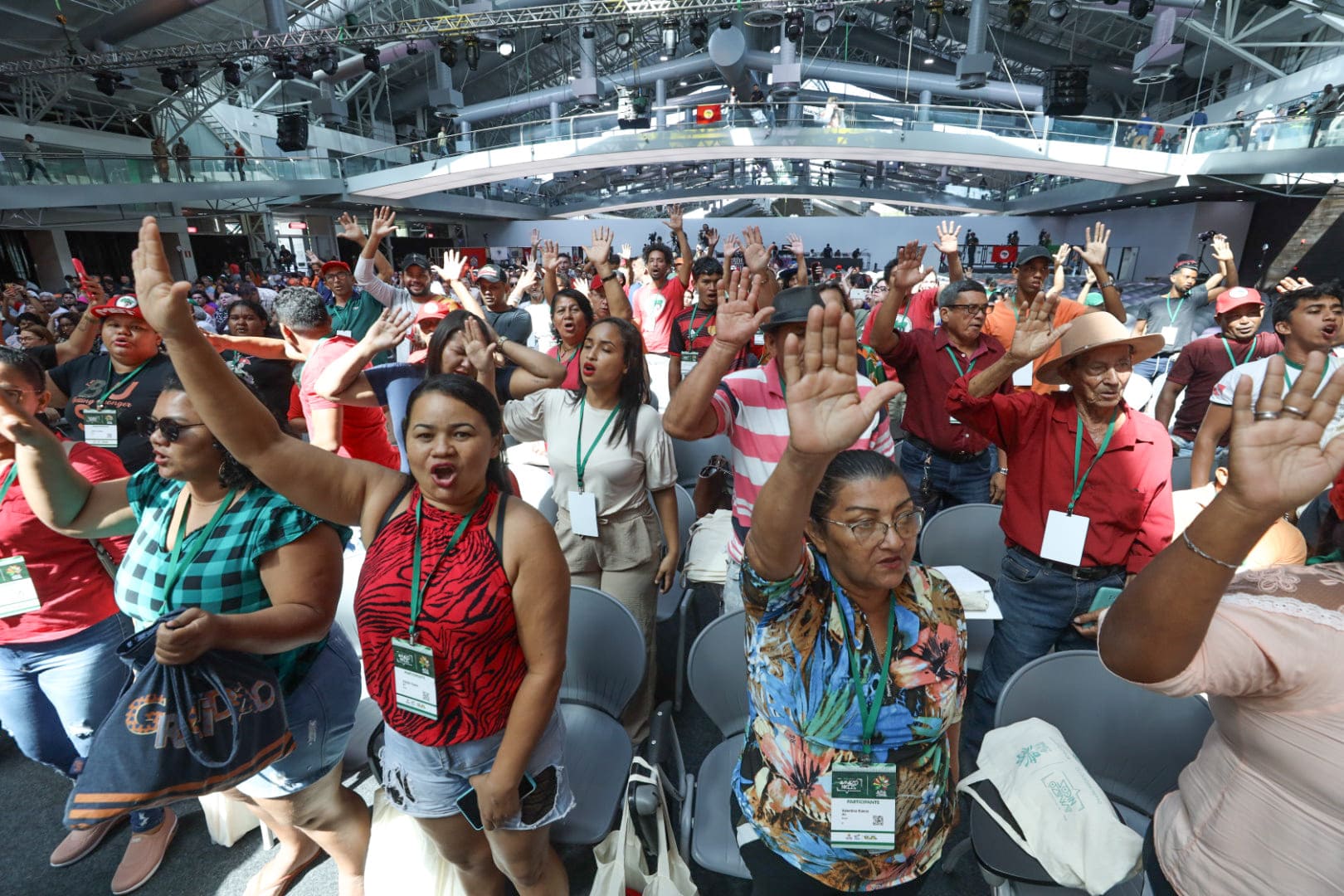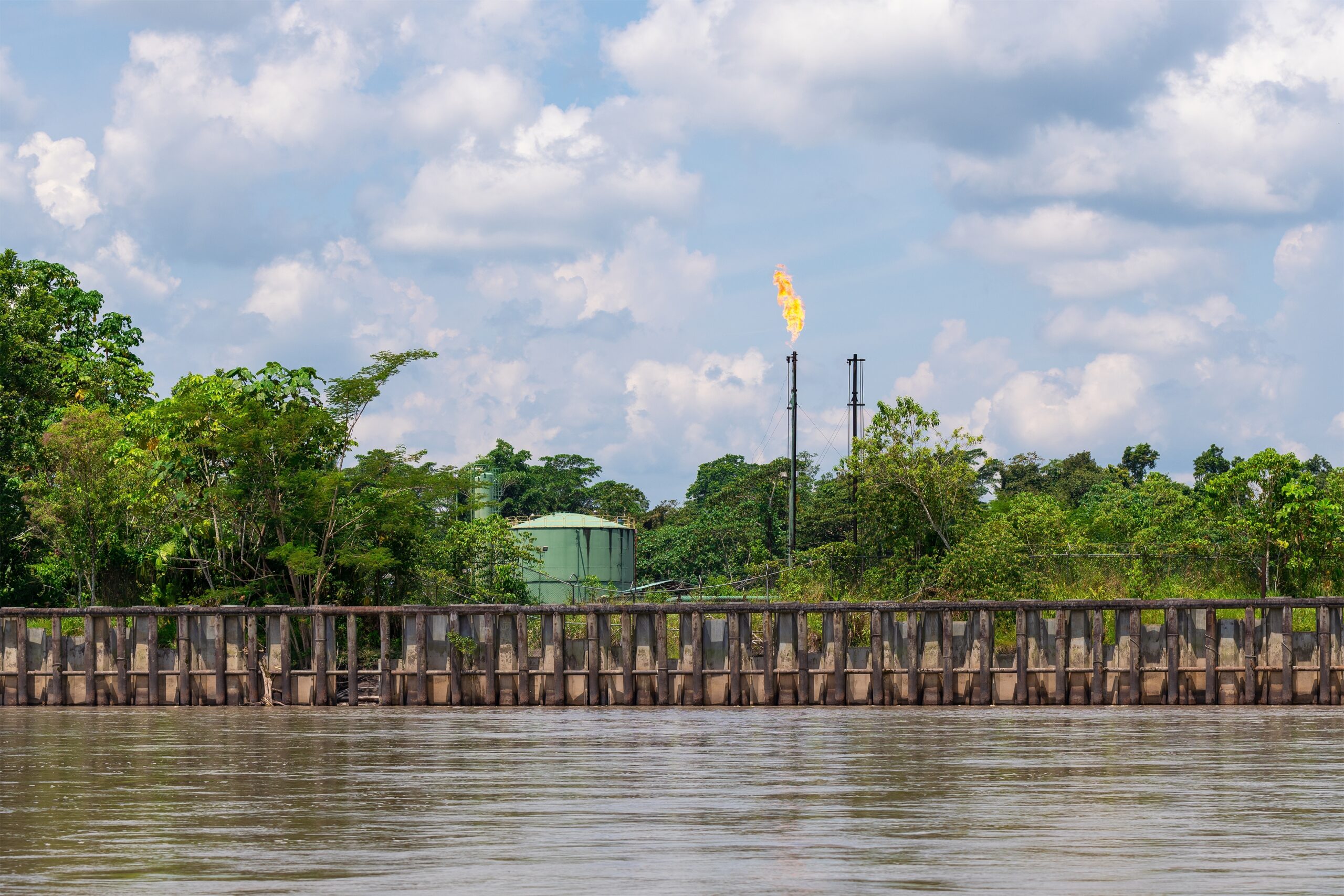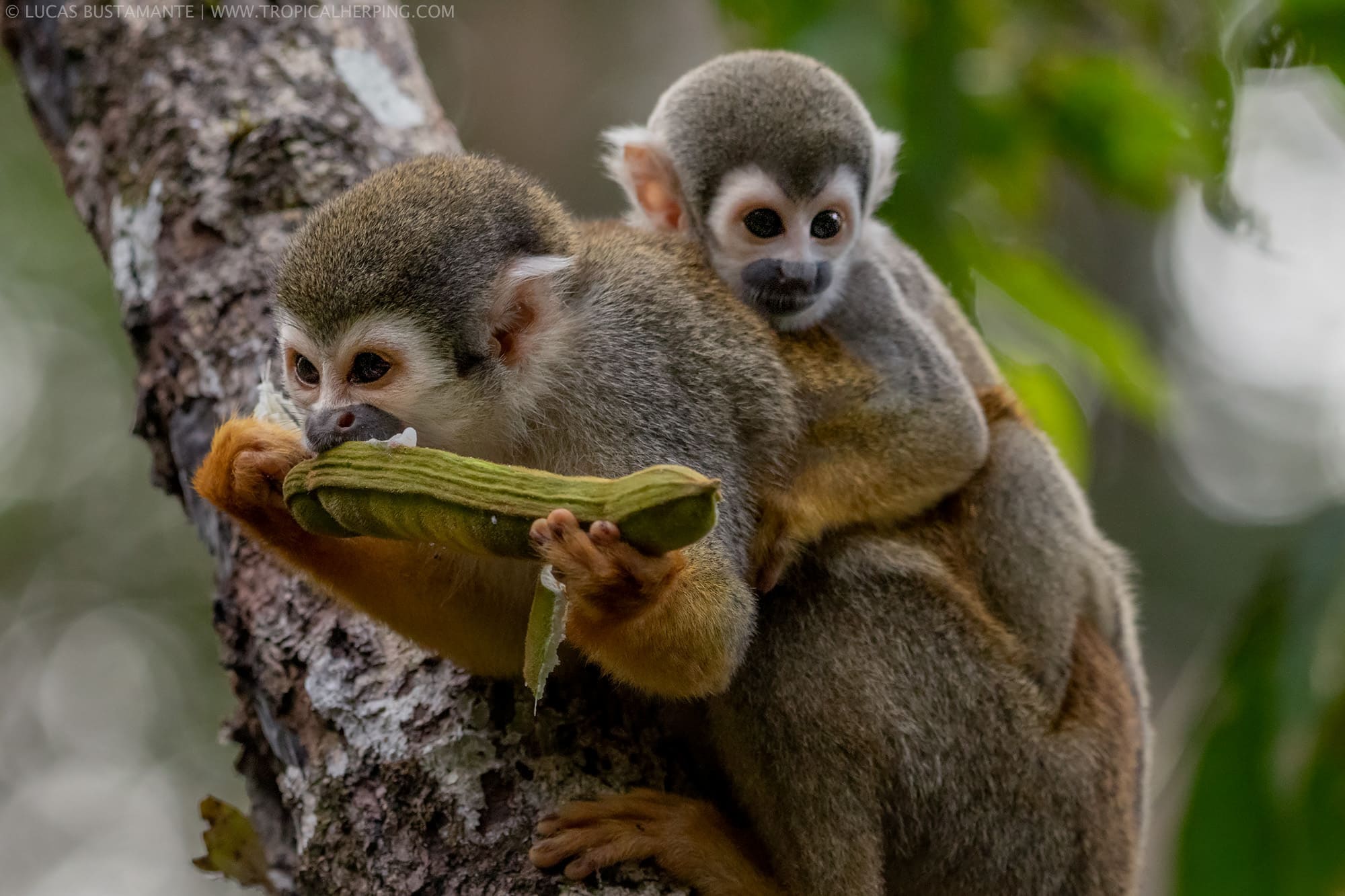

For Enrique Ortiz, Senior Program Director of a philanthropic organization called the Andes Amazon Fund, one reason to take heart was the “impressive” three-day event in Belém, Brazil—billed as the Amazon Dialogues—that immediately preceded the meeting of the presidents.
“The presence of youth and indigenous women was massive,” Ortiz said in an interview with the Energy and Climate Partnership of the Americas (ECPA) the day after he returned to Washington, D.C., from Brazil. Official estimates put the number of participants at more than 25,000.

The Amazon Dialogues, which immediately preceded the Amazon Summit, felt like a “wake-up” of the environmental movement, according to Enrique Ortiz. Credit: David Alves / Ag Pará
Belém, the capital of the Brazilian state of Pará, is also scheduled to host the 2025 Conference of the Parties to the United Nations Framework Convention on Climate Change (COP30). The Amazon Dialogues showed that the city still has “a long ways to go” to prepare for much bigger crowds in two years, Ortiz said.
The recent event brought together a broad spectrum of people and provided a chance to form new alliances across different parts of the environmental movement that often tend to operate in their own silos, Ortiz said. It felt like “a wake-up of the movement,” he said.
“Young people are actually realizing that this is an opportunity to bring attention to the problems in the Amazon,” he said.
Ortiz, who was born and raised in Peru, is a tropical ecologist and self-described activist who has founded various nongovernmental organizations in his more than 40 years of working on environmental issues. He participated in panel discussions at the recent Amazon Dialogues and in other events held concurrently with the summit, and met with ministers, governors, funders, and many others.
“To me, more important than the actual summit is what was happening in the cafes, or outside, or in the bars, or in the restaurants,” he said. “There is where the real connection was happening.”
As for the success or failure of the meeting of presidents, Ortiz said, “everything depends on your expectations.” When it comes to international environmental meetings, “I don’t really expect too much, to be honest,” he said. “If you have low expectations, then you are not that disappointed,” he added wryly.
The summit produced a lengthy presidential declaration with 113 points on a wide range of issues, from preventing drug trafficking to strengthening human rights to promoting climate adaptation programs. However, it did not include—as many had hoped it would—any firm targets or commitments on such key issues as reducing deforestation or barring oil and gas production in the region.

An oil drilling site in Ecuador’s Amazon rainforest, along the Napo River.
In his remarks at the summit, Colombian President Gustavo Petro argued that it made no sense to produce hydrocarbons in the Amazon region because of the “double effect” caused by the loss of forest and the increase in carbon dioxide emissions.
However, Ortiz noted in the interview, Colombia’s own oil production has been on the rise—just not in the Amazon, since that is not where its main fields are located. It is logical, he added, for countries with hydrocarbon reserves within the Amazon region to resist a blanket ban, if that would hamper their own development.
Ortiz said it was always “wishful thinking” to expect concrete commitments on such matters at the Amazon Summit, given the different geographic, economic, and political realities shaping policies and decisions in each country.
“It is good enough that countries are going to be collaborating on these issues,” he said.
Ortiz stressed that it is important to think about the Amazon in a nuanced way that recognizes the many differences across the vast geographical expanse. Much of the press coverage focuses on the concept of the “tipping point,” the idea that the Amazon region is at risk of crossing a critical threshold that will lead to climate upheaval.
While that concept is scientifically sound and has helped call attention to the dangers of deforestation, Ortiz said, he believes that it is no longer useful to paint the whole region with such a broad brush. For one thing, he said, it fosters a hopeless attitude, a sense that the problems are too big to solve.
The region is made up of many types of ecosystems—including cloud forests, mountain forests, savannas, and wetlands—and each has its own challenges and requires different solutions, he said.
“The Amazon is not uniform at all,” he said. “Every section of the Amazon has different realities, as well as different needs, and they need to be treated differently.”
In the southeastern portion of the Amazon region, an area often referred to as the “arc of deforestation,” the tipping point is already a reality, Ortiz said, and policies there should focus on restoration or on appropriate development. In other places, policy priorities might include the legal recognition of indigenous lands or enforcement of environmental protections already in place.

Workers load up a truck in an authorized logging area in Terra Santa, in the Brazilian state of Pará.
Even though all the solutions to the problems in the Amazon may not yet be available, Ortiz said, it is important to take a “more constructive” approach. Studies show that between 17% and 19% of the Amazon region has been deforested, which means that the huge expanse of “green carpet” remains intact in many places, Ortiz said. “We still have room to work.”
Events such as the Amazon Summit can help raise awareness and call attention to the region, Ortiz said. It is important not just to protect “the birds and the orchids,” he said, but to recognize that people and cultures and economies are at stake.
If the world wants the Amazon to be a repository of carbon and of biodiversity, “you have to put money into it, you have to invest, you have to support countries,” Ortiz said. This is an investment, not an expense, and it is not something that the Amazon countries can do on their own, he said.

Yasuní National Park is home to more than 2,000 species of trees and shrubs, along with more than 600 species of birds and some 200 species of mammals, including 12 different types of monkeys, according to the park’s official website. Credit: Lucas Bustamante (tropicalherping.com)
Ecuadorians voted in a referendum on August 20 to ban oil drilling in a particular location in Yasuní National Park, in the Amazon region.
In the referendum, held at the same time as the presidential election, nearly 59% of citizens voted to leave the oil in the ground in a parcel known as Block 43, according to news reports. The state-owned oil company, Petroecuador, currently produces almost 60,000 barrels a day in that area and will be required to dismantle those operations in the coming months, the Associated Press (AP) reported.
Yasuní National Park is home to several indigenous peoples, including the Tagaeri and Taromenane, who live in voluntary isolation. It is part of an area that the United Nations Educational, Scientific and Cultural Organization (UNESCO) designated as a world biosphere reserve in 1989.
In 2007, then-President Rafael Correa proposed the establishment of a $3.6 billion trust fund to compensate Ecuador for leaving the oil reserves in Block 43 intact. However, the fund failed to attract many donors, and in 2013, Correa said the country would proceed with oil exploration there.
Indigenous and environmental groups launched a campaign for a referendum on the matter, which came to a vote after almost a decade of “legal battles and bureaucratic hurdles,” the AP reported. The referendum covers only Block 43, not other parts of Yasuní and the broader Ecuadorian Amazon region where oil is being produced.
 View Map
View Map